Roberto Matta
Episode #8 of the course “Great surrealist painters of all time”
Born in 1911 and raised and educated in Chile, Roberto Matta became one of the greatest Latin American Surrealists on the 20th century. His family was middle-class during a time of economic hardship in Chile, and they were strictly Catholic. Both of these would influence Matta’s work. His mother loved literature, and she made sure that her son was exposed to a wide variety of arts and sciences in his youth.
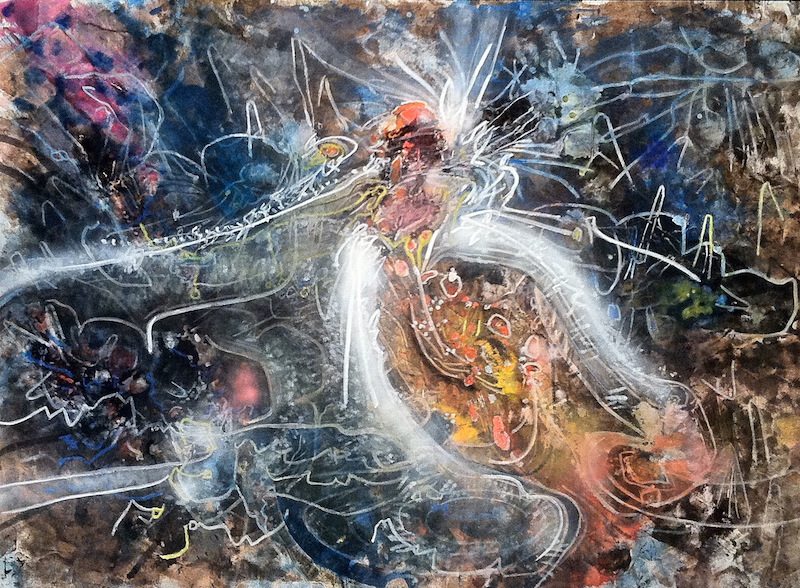 Inscape
Inscape
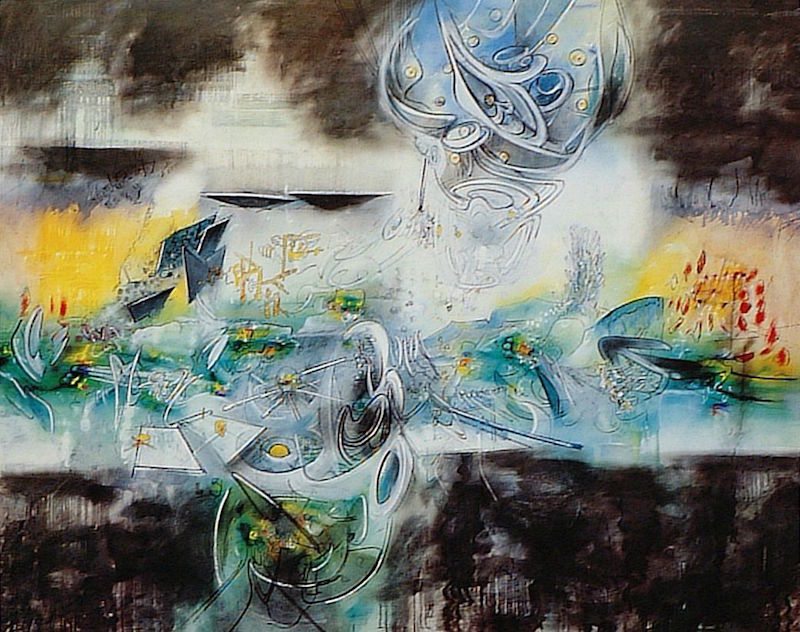 Inscape
Inscape
Matta traveled to Paris and worked with the famous architect Le Corbusier before traveling to Spain, where he was introduced to the Surrealists by Salvador Dali. Matta then went to New York, where he created his Inscape series. Eventually, Matta was expelled from the Surrealist group after his affair with Arshile Gorky’s wife contributed to Gorky’s suicide.
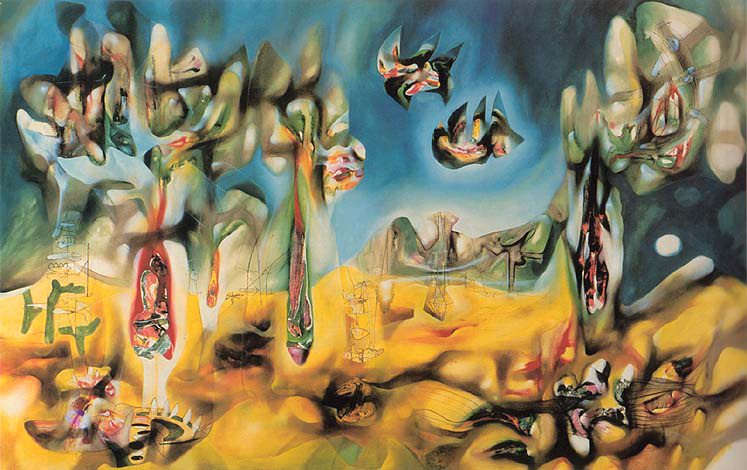 Rocks
Rocks
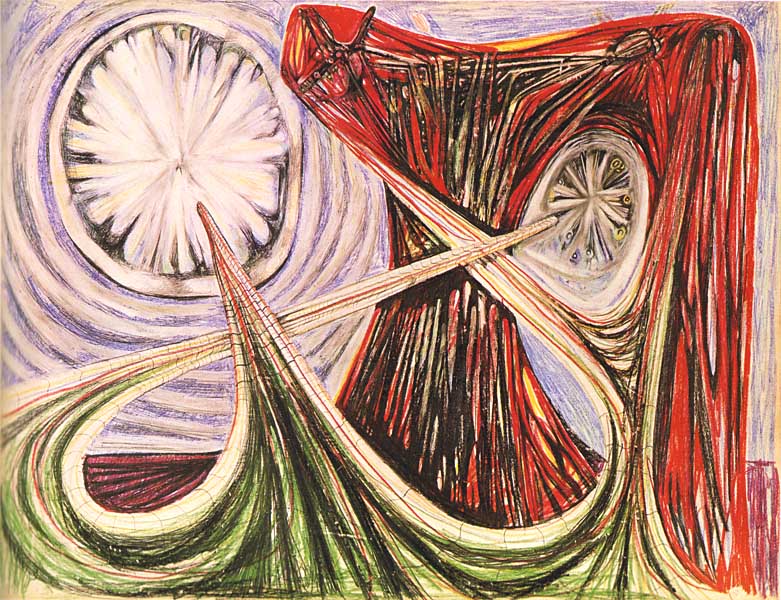 Space Travel
Space Travel
Matta was also separated from the Surrealists by political differences. While much of Surrealism was about introspection and discovering the inner workings of one person’s mind, Matta had a heart for his country and the sufferings of people on a large scale. With great social conscientiousness, the abstract images in his art were often geometrically influenced and combined the workings of nature with the workings of humanity. For example, the colors in his painting Rocks from 1940 express a balance between life and decay, and the forms resemble, but do not accurately depict, human bodies. He was interested in science and the physics of light, which many paintings such as Space Travel and Death in the Afternoon express.
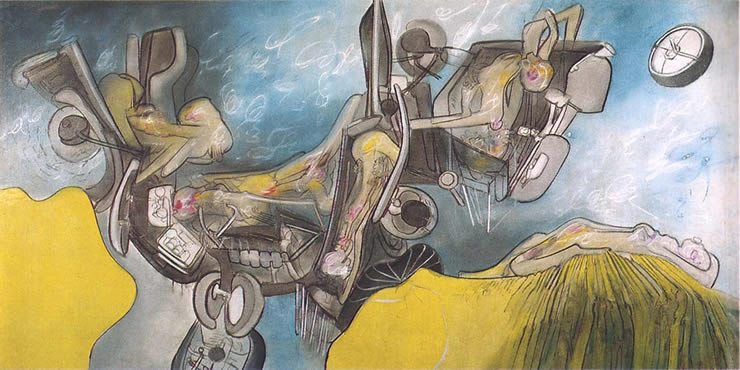 Death in the Afternoon
Death in the Afternoon
Matta split his time between Europe, South America, and Africa and incorporated images of art from around the world into his own images. At times he was more abstract and at other times more interested in realism, and overall he was recognized for his contributions to art when he was awarded the Praemium Imperiale in 1995. Matta continued to create until his death in 2002.
Share with friends

